Located in the heart of Boston lies a storied past of law and order the history of Boston City Jail. Over the decades, this institution has witnessed the ebb and flow of societal norms, reflecting the evolving landscape of the criminal justice system.
From its humble beginnings to its current form, the Boston City Jail stands as a testament to the city’s commitment to upholding justice.
Exploring the annals of Boston City Jail’s history unveils a narrative rich in intrigue and transformation. As one delves into its past, a tapestry of tales emerges, showcasing the resilience of the human spirit amidst adversity.
From notorious inmates to groundbreaking reforms, the corridors of this institution echo with the echoes of the past, shaping its identity in the present day.
Join us on a journey through time as we unravel the captivating saga of Boston City Jail, delving into the triumphs and tribulations that have shaped its legacy.
Early History of Boston City Jail
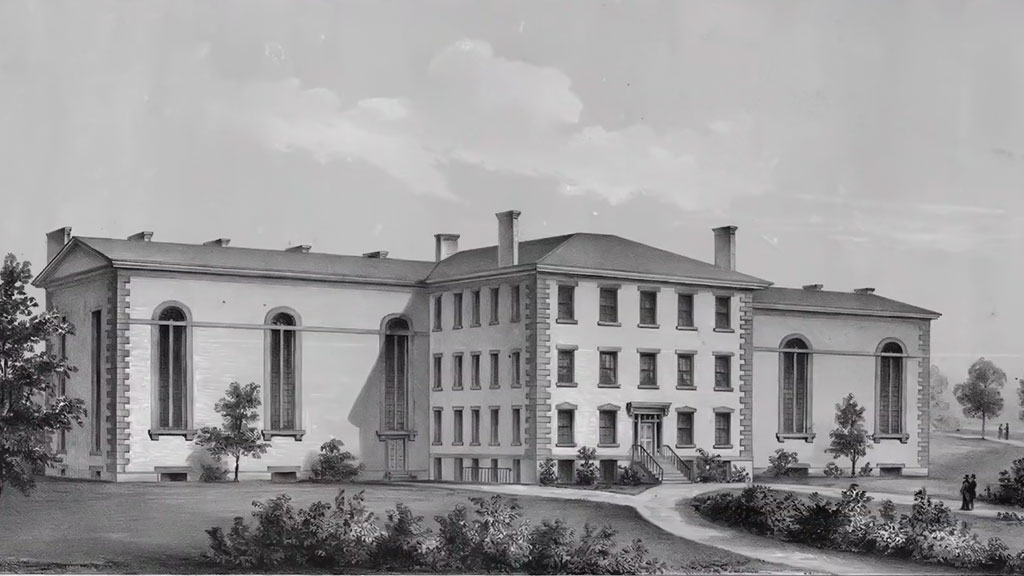
Boston City Jail has a rich history that dates back to its establishment in the early years of the city’s development. The jail played a crucial role in shaping the criminal justice system of Boston and its surrounding areas.
Establishment of the Jail
The Boston City Jail was established in 1822, making it one of the oldest correctional facilities in the region. It was built to address the growing need for a centralized location to detain individuals awaiting trial or serving short sentences.
Over the years, the jail underwent several renovations and expansions to accommodate the increasing number of inmates.
Today, the Boston City Jail stands as a historic landmark, reflecting the evolution of the city’s approach to incarceration. Its rich history sheds light on the changing attitudes towards rehabilitation and punishment in the region.
Significance of Boston City Jail in Early Years
During its early years, Boston City Jail served as a symbol of law and order in the burgeoning city. It housed a diverse population of individuals, from petty offenders to more serious criminals.
The jail’s presence not only deterred crime but also provided a sense of security to the residents of Boston. The establishment of the jail marked a pivotal moment in the history of the city, reflecting its commitment to upholding justice and maintaining public safety.
The architectural design of Boston City Jail showcased a robust and imposing structure, emphasizing the authority and seriousness of the institution.
Its strategic location within the city center further solidified its role in shaping the societal landscape of Boston during that time.
Transformation into Charles Street Jail
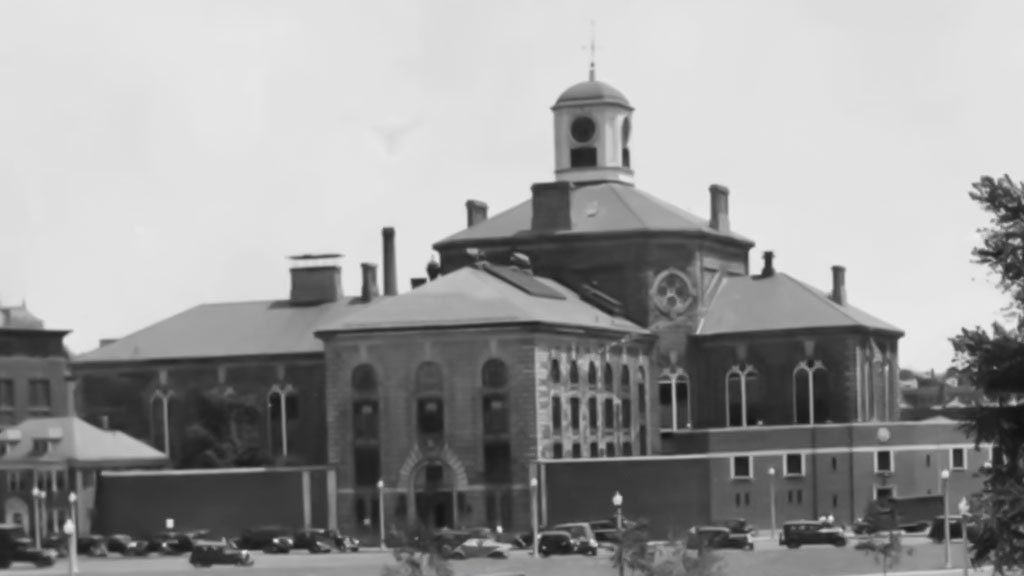
The transformation of Boston City Jail into the Charles Street Jail marked a significant evolution in the design and functionality of correctional facilities.
This transformation reflected broader changes in prison architecture and philosophy during the late 19th and early 20th centuries.
Architectural Features
The transformation of Boston City Jail into Charles Street Jail brought about significant changes in its architectural features. The new design aimed to establish a more secure and efficient facility for housing inmates.
The Charles Street Jail’s distinctive architecture, characterized by its imposing granite exterior and radial layout, set it apart from traditional jails of that era.
The central rotunda with tiered cell blocks created a panopticon-style structure, allowing for increased visibility and supervision of prisoners.
The innovative architectural features of the Charles Street Jail were a departure from conventional prison designs, emphasizing both functionality and imposing aesthetics.
Notable Inmates at Charles Street Jail
Charles Street Jail, a prominent landmark in Boston’s history, has housed various individuals who left a significant mark on the institution’s legacy.
Here are some notable inmates who spent time at this historic jail:
Sacco and Vanzetti
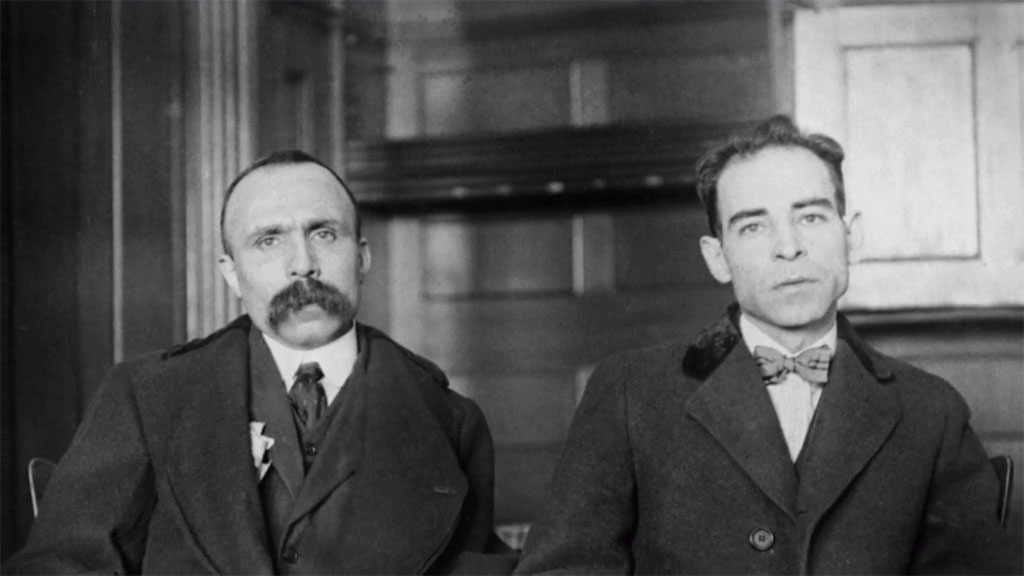
Perhaps the most famous inmates in the history of Charles Street Jail were Nicola Sacco and Bartolomeo Vanzetti. The Italian immigrants and anarchists were convicted of robbery and murder in the 1920s.
Their trial and subsequent execution by electric chair in 1927 became a cause célèbre, sparking widespread controversy and protest both in the U.S. and internationally.
The case was emblematic of the era’s intense political and social tensions, and it remains a poignant chapter in the history of Boston City Jail.
Alvin “Creepy” Karpis
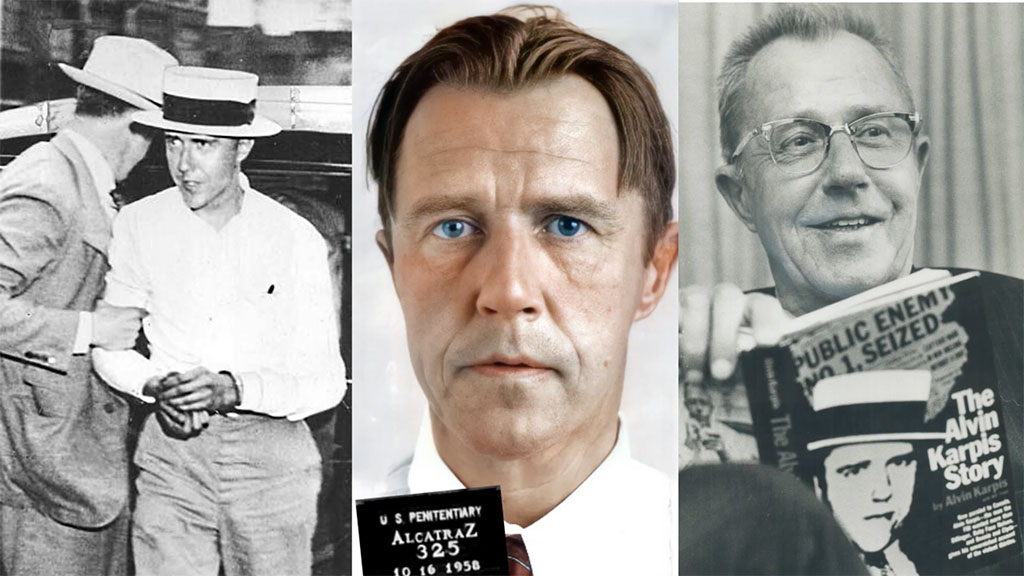
Alvin Karpis, a notorious bank robber and member of the Barker-Karpis Gang, was another notable inmate of Charles Street Jail. Karpis was one of the FBI’s Ten Most Wanted Fugitives during the Great Depression.
His imprisonment at Charles Street Jail came after his capture and conviction on multiple charges, including bank robbery and kidnapping.
His time at Charles Street Jail was part of a broader criminal career that made him one of the most infamous criminals of his time.
Karpis’ incarceration at Charles Street Jail added to the facility’s reputation as a place that housed notorious criminals. His presence there highlighted the jail’s role in holding high-profile offenders throughout its history.
Eugene O’Neill

The celebrated American playwright Eugene O’Neill, known for works like “Long Day’s Journey Into Night” and “The Iceman Cometh,” also found himself incarcerated at Charles Street Jail.
O’Neill’s brief stint at the jail was linked to his struggles with alcoholism and personal turmoil. His time there, while relatively short, was a reflection of his tumultuous life and contributed to the depth of his writing, revealing the personal battles that influenced his dramatic works.
The Charles Street Jail, where Eugene O’Neill was briefly incarcerated, holds a significant place in Boston City Jail history. O’Neill’s time there sheds light on the impact of personal struggles on his renowned dramatic works.
Joseph “Joe” Romano

Joe Romano, a notorious mobster with connections to organized crime in Boston, was another high-profile inmate at Charles Street Jail.
Romano’s involvement in various criminal activities, including racketeering and loan sharking, led to his incarceration. His time at Charles Street Jail was a period of intense legal battles and negotiations, underscoring the complexities of organized crime and its impact on the city’s criminal justice system.
The presence of high-profile figures like Joe Romano at Charles Street Jail shed light on the intersection of organized crime and the city’s legal framework, highlighting the challenges faced by the criminal justice system in dealing with such individuals.
The complexities of Romano’s legal struggles within the confines of the jail further emphasize the broader implications of organized crime in Boston’s history.
The “Black Widow”
The “Black Widow,” a nickname given to an infamous female inmate whose real name was not widely publicized, was known for her involvement in a high-profile crime.
Her case garnered significant media attention due to the nature of her offenses and her subsequent trial. Her time at Charles Street Jail highlighted issues related to gender and crime, making her one of the notable figures associated with the institution.
Her reputation as the “Black Widow” continued to intrigue the public, shaping perceptions of female criminals at the time.
The attention she received shed light on the complexities of women’s involvement in serious crimes and the challenges they faced within the justice system.
Infamous Incidents and Controversies
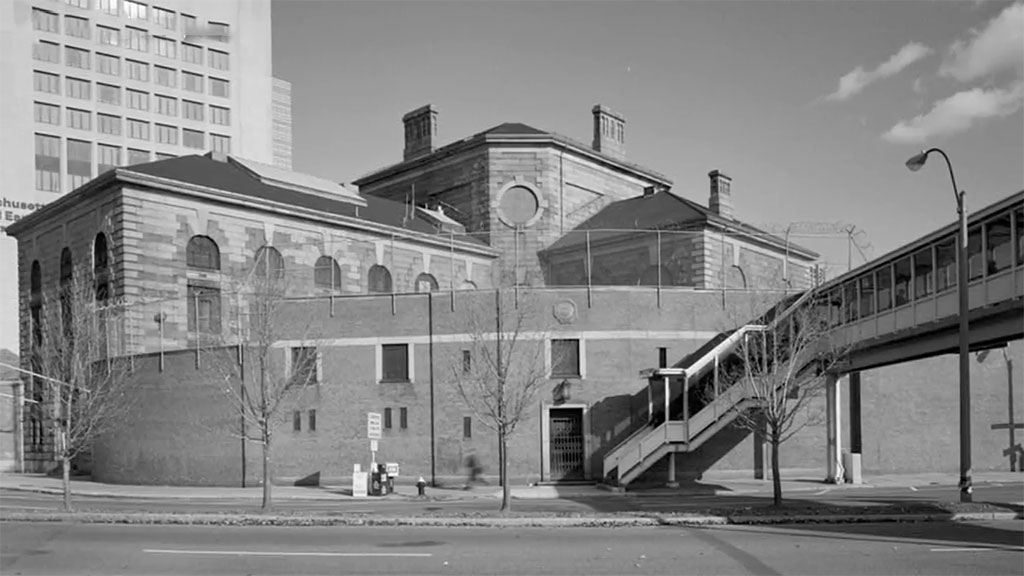
Throughout its history, Charles Street Jail was the site of numerous incidents and controversies that highlighted the challenges and complexities of operating a correctional facility.
These events contributed to the jail’s notorious reputation and shed light on issues related to prison management, inmate treatment, and the broader criminal justice system.
The Sacco and Vanzetti Case
The imprisonment of Nicola Sacco and Bartolomeo Vanzetti at Charles Street Jail is one of the most infamous episodes in the facility’s history.
Convicted of robbery and murder in 1921, their trial and subsequent execution in 1927 were marred by allegations of judicial bias and prejudice against their anarchist beliefs and Italian heritage.
The case sparked international protests and remains a significant symbol of judicial controversy and miscarriages of justice.
The 1902 Riot
One of the most violent incidents at Charles Street Jail occurred in 1902 when a riot broke out among the inmates.
The riot was triggered by poor living conditions, including overcrowding, inadequate food, and harsh treatment by the guards. Inmates set fire to parts of the jail and engaged in violent confrontations with prison staff.
The riot was eventually quelled, but it exposed serious deficiencies in the facility’s management and spurred calls for reform.
Escapes and Attempted Escapes
Throughout its operation, Charles Street Jail experienced several high-profile escapes and attempted escapes.
One notable escape occurred in 1934 when notorious bank robber and gangster Alvin “Creepy” Karpis made a daring attempt to break free from the jail.
Although Karpis was eventually recaptured, his escape highlighted security lapses and raised concerns about the jail’s ability to contain dangerous criminals.
The 1955 Hunger Strike
In 1955, a group of inmates at Charles Street Jail initiated a hunger strike to protest against inhumane conditions and treatment within the facility.
The strike drew significant media attention and public scrutiny, forcing jail authorities to address the grievances raised by the inmates.
The incident underscored ongoing issues related to prisoner rights and the need for systemic reforms in correctional institutions.
The 1970s Overcrowding Crisis
During the 1970s, Charles Street Jail faced a severe overcrowding crisis, with the inmate population far exceeding the facility’s capacity.
The overcrowding led to deteriorating living conditions, increased violence among inmates, and heightened tensions between prisoners and staff.
The crisis prompted lawsuits and legal challenges, resulting in court-ordered mandates to reduce the inmate population and improve conditions within the jail.
Allegations of Brutality and Abuse
Over the years, Charles Street Jail was plagued by allegations of brutality and abuse by prison guards. Numerous reports emerged of physical violence, excessive use of solitary confinement, and other forms of mistreatment.
These allegations were often met with denials by jail officials but continued to tarnish the facility’s reputation and fuel demands for oversight and accountability.
The Transition to Suffolk County Jail
The decision to close Charles Street Jail and transition to the new Suffolk County Jail in the 1990s was driven by the need to address the facility’s chronic problems.
The aging infrastructure, persistent overcrowding, and ongoing controversies made it clear that a new, modern correctional facility was necessary.
The closure of Charles Street Jail marked the end of an era, but its legacy of infamous incidents and controversies continued to influence discussions about prison reform and criminal justice.
Closure and Transformation into Liberty Hotel
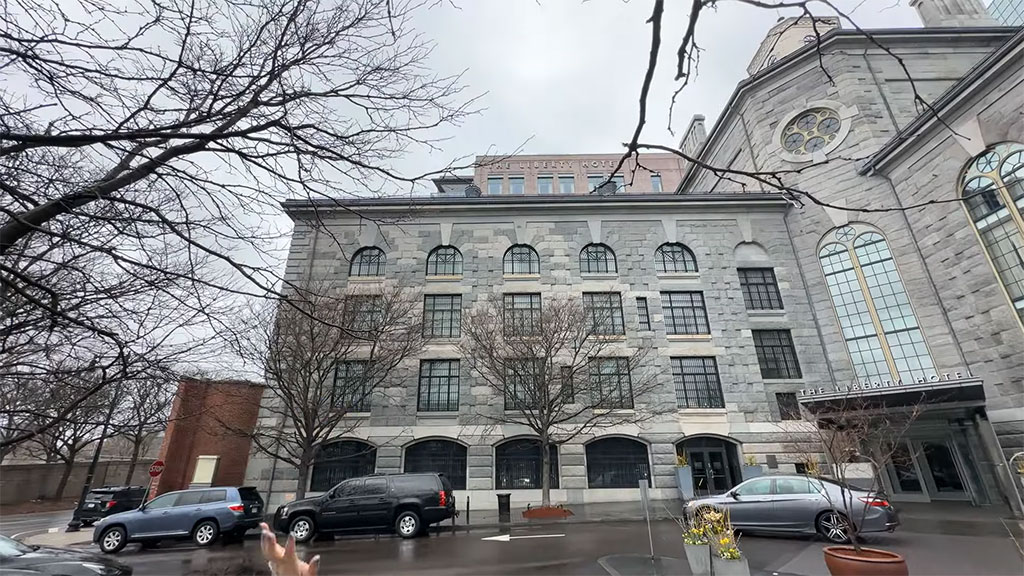
The closure of the Charles Street Jail marked the beginning of its transformation into the luxurious Liberty Hotel, a historic landmark in Boston.
Conversion Process
The conversion process of the Charles Street Jail into the Liberty Hotel involved a meticulous restoration and renovation effort that retained the iconic architectural elements of the former jail.
The hotel seamlessly integrated modern amenities while preserving the historical significance and structural integrity of the original building.
The design team also incorporated elements like the jail’s catwalks and cells into the hotel’s layout, providing guests with a unique and immersive experience that connects them to the rich history of the property.
Historical Significance of Liberty Hotel
The Liberty Hotel stands as a testament to adaptive reuse, showcasing how a once-critical institution of incarceration could be transformed into a symbol of elegance and sophistication.
The hotel’s rich history adds a unique allure, attracting visitors who appreciate the blend of contemporary luxury with the echoes of Boston’s past.
The transformation of the former Charles Street Jail into the luxurious Liberty Hotel offers a compelling contrast between its dark past as a place of imprisonment and its current status as a top destination for those seeking a blend of history and modern luxury.
The blending of the jail’s historical elements with upscale amenities creates an unforgettable experience for guests.
Legacy and Hauntings of Boston City Jail
The legacy of Boston City Jail, later transformed into Charles Street Jail, extends beyond its historical significance and architectural innovations.
Its story includes lingering tales of hauntings and spectral presences, adding a layer of mystique to its already rich narrative.
Urban Legends Surrounding the Former Jail
When it comes to the former Boston City Jail, now transformed into the Liberty Hotel, urban legends abound. Stories of ghostly apparitions, eerie sounds, and unexplained phenomena have circulated for years.
Visitors and staff alike have reported strange occurrences, adding to the mystique of this historic landmark.
Whether it’s whispers in the hallways or shadows in the night, the legacy of the old jail seems to linger, captivating those intrigued by the supernatural.
Paranormal Activities Reported at Liberty Hotel
The Liberty Hotel, once a notorious jail, has garnered a reputation for paranormal activities since its conversion.
Guests have shared chilling experiences of encountering ghostly figures, hearing phantom footsteps, and witnessing objects move inexplicably.
From the ghost of an alleged former inmate to unexplained disturbances in guest rooms, the reports of supernatural occurrences continue to fascinate believers in the afterlife.
Whether it’s a residual energy from the past or simply the power of suggestion, the tales of ghostly encounters at the Liberty Hotel add an extra layer of intrigue to its storied history.
Frequently Asked Questions
What is the history behind the Liberty Hotel in Boston?
The article discusses the transformation of the historic Boston City Jail into the luxurious Liberty Hotel, highlighting the preservation of architectural elements and its transition into a blend of modern amenities and historical significance.
Are there any urban legends or paranormal activities associated with the Liberty Hotel?
The Liberty Hotel, formerly the Charles Street Jail, has urban legends and reports of paranormal activities, adding an intriguing layer to its storied history.
How can visitors enhance their experience at the Liberty Hotel?
Visitors can enrich their experience by exploring the building’s architectural elements reflecting its past, uncovering urban legends and supernatural tales, and embracing its historical significance.
Conclusion
The transformation of Boston City Jail into the Liberty Hotel encapsulates a journey from incarceration to luxury, reflecting the evolution of societal attitudes towards justice and rehabilitation.
This iconic landmark, established in 1822, has witnessed significant historical events, including the controversial Sacco and Vanzetti trial and numerous inmate uprisings.
Its architectural innovations set a precedent for prison design, while its notorious inmates and incidents highlighted the complexities of the criminal justice system.
Today, the Liberty Hotel stands as a testament to adaptive reuse, merging its storied past with modern elegance.
Urban legends and reports of paranormal activity add an intriguing layer, attracting visitors fascinated by its rich history and spectral tales.
The Liberty Hotel, with its unique blend of history, architecture, and luxury, offers guests a distinctive and immersive experience, bridging the gap between its dark past and its present-day grandeur.
Jaclyn Lowe